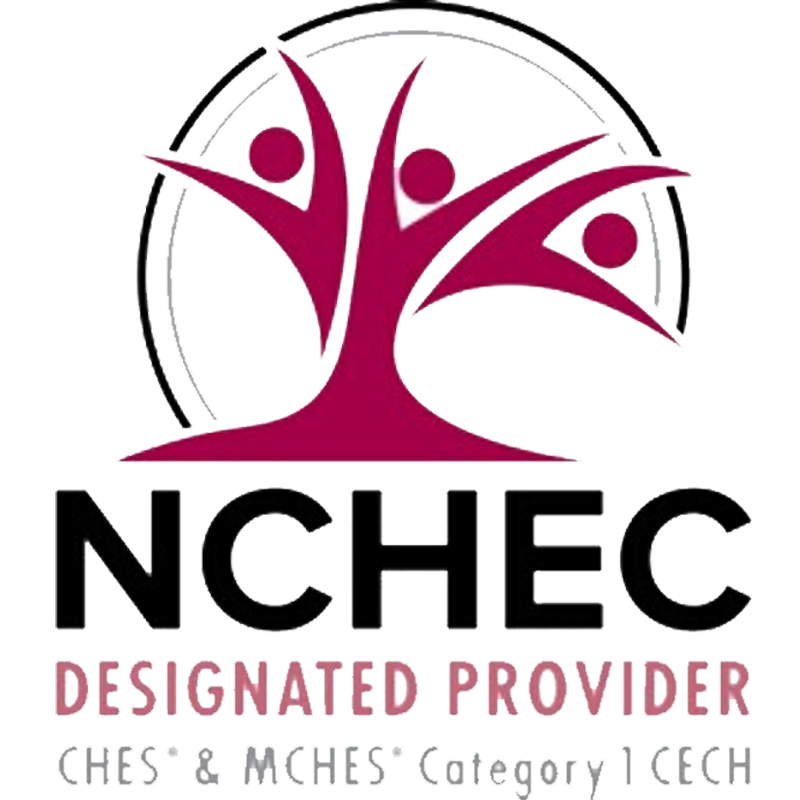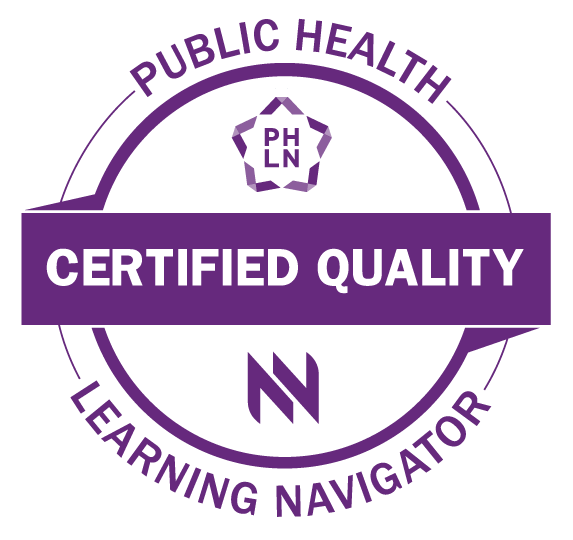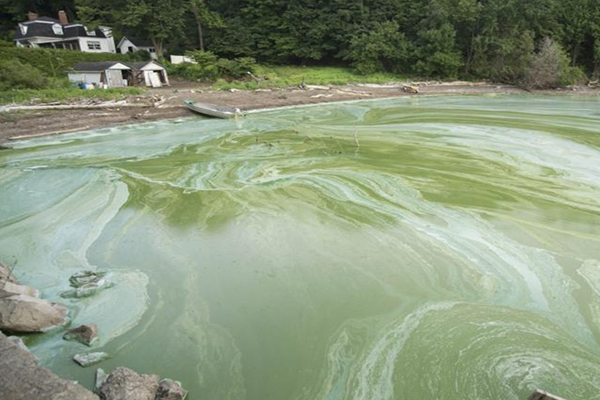
Monitoring for Cyanobacteria
What is cyanobacteria (blue-green algae) and how do we reduce risk among visitors to recreational waters? Learn how to detect the presence of cyanobacteria and manage recreational waters if it is present.



Enroll
Course Information
- Format: Self-paced
- Price: Free
- Length: 1 hour
- Credential(s) eligible for contact hours: Sponsored by New England Public Health Training Center (NEPHTC), a designated provider of continuing education contact hours (CECH) in health education by the National Commission for Health Education Credentialing, Inc. This program is designated for Certified Health Education Specialists (CHES) and/or Master Certified Health Education Specialists (MCHES) to receive up to 1 total Category I continuing education contact hours. Maximum advanced-level continuing education contact hours are 1. Provider ID: 1131137 Event ID: SS1131137_MC.
If you are not seeking CHES/MCHES contact hours, if you complete the evaluation, you will receive a Certificate of Completion. The Certificate will include the length of the course. - Competencies: Public Health Sciences Skills
- Learning Level: Awareness
- Supplemental materials: none
- Pre-requisites: None
- Technical Requirements: This training was created with Articulate Storyline. Please refer to the Articulate 360 System Specifications to ensure your system meets the minimum requirements for viewing.
About this course
This course provides an overview of cyanobacteria (blue-green algae) and the risks it poses to people and pets. Learn how to monitor recreational waters for cyanobacteria (including distinguishing it from look-alikes), manage recreational waters when cyanobacteria is present, and track blooms. Information is provided on documentation through photographs, water sampling and reporting systems.
This training is intended for public health and environmental personnel, state and municipal employees responsible for management of recreational waters, citizen scientists participating in a cyanobacteria monitoring program, as well as anyone interested in learning about cyanobacteria and how recreational waters are monitored and managed from a public health perspective.
This training was developed in conjunction with the University of Vermont, Vermont Department of Health, and Lake Champlain Committee to address the concern about water quality in Vermont. Therefore, the regulations and administrative processes cited are specific to Vermont. However, the underlying science and public health implications are applicable to all states and jurisdictions.
What you'll learn
After completing this course, you will be able to answer the following questions.
- What are cyanobacteria?
- What are the risks to people and pets?
- How do you monitor for it?
- What should you do if you find it?
- How can you track instances?
Subject Matter Expert

Lynn BlevinsClinical Assistant Professor
University of Vermont
College of Medicine
Enrollment and Contact Hours
Note there are two different options for enrolling in this course highlighted in the table below.
The Certificate of Completion will include the length of the module. Generally 50 – 60 minutes is equivalent to 1 contact hour. Contact hours may be applicable towards continuing education requirements for certain credentials. Check with your credentialing body to verify if the topic meets its continuing education requirements.
If you wish to receive contact hours in Massachusetts, please go to the Massachusetts-specific training on Recreational Waters.

